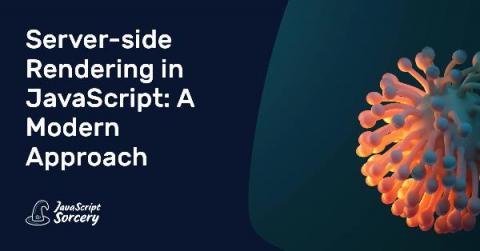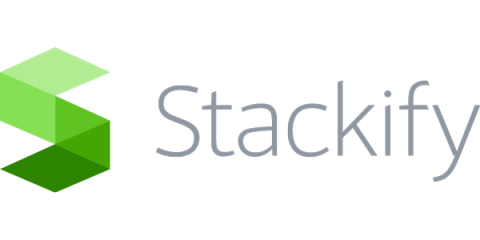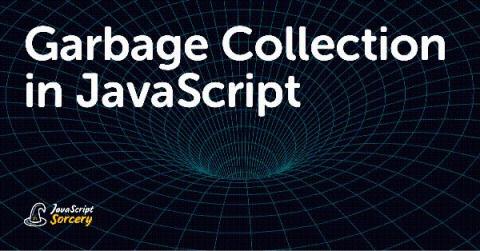Operations | Monitoring | ITSM | DevOps | Cloud
JavaScript
Server-side Rendering in JavaScript: A Modern Approach
Let’s talk about SPAs. It all starts from a blank page which is subsequently filled with HTML and JavaScript. If we take PHP pages as an example, they already come bundled with the server, which is an advantage in terms of performance, right? For situations like these, server-side rendering frameworks (such as Next.js) come to the rescue. They process the code on the server-side to pre-fill the HTML result page with something (if not the whole page) before it reaches the browser.
Monitoring Angular Applications
The Best Tools for Building Progressive Web Apps
The year 2015 was marked by a new paradigm shift in web development. Google introduced Progressive Web Applications and JavaScript libraries and frameworks, such as React.js, Angular.js or Vue.js, created new development methodologies. By 2020, the web environment is flooded with PWAs based on reactive programming and built with cutting-edge frameworks.
JavaScript Internals: Garbage Collection
Garbage collection (GC) is a very important process for all programming languages, whether it’s done manually (in low-level languages like C), or automatically. The curious thing is that most of us barely stop to think about how JavaScript — which is a programming language, and hence, needs to GC — does the trick. Like the majority of high-level languages, JavaScript allocates its objects and values to memory and releases them when they’re no longer needed. But, how?
Debug JavaScript in Firefox in 7 easy steps
Asynchronous Javascript: From Promises to Async/Await
Javascript is a funny language. It claims to be (and very much is) a single-threaded language (i.e., it executes statements in order, one at a time, one after another, in a synchronous fashion). Despite just having the one native thread to work with, it somehow allows you to write concurrent, asynchronous code that is non-blocking in nature.
Complete Guide to Script Errors: What Are They and How to Fix Them
Do you use an error tracking tool for your website? Have you ever tried to debug a problem that a user reported, and when you looked at your error tracking tool the reported error was simply: “Script Error”? Such errors are impossible to further debug because there is no additional information apart from that message.
Debug JavaScript in Google Chrome's Dev Tools in 7 easy steps
Enable suspect commits, unminify JS, and track releases with Vercel and Sentry
If you’re a JavaScript developer there’s a very good chance you’ve heard of or use Vercel. In the small chance you haven’t, Vercel is this awesome platform that makes building and deploying Jamstack frameworks like Next.js incredibly fast and easy. Next.js is gaining in popularity with 51k stars on GitHub and it’s one of the most trusted stacks in the JavaScript world these days.











